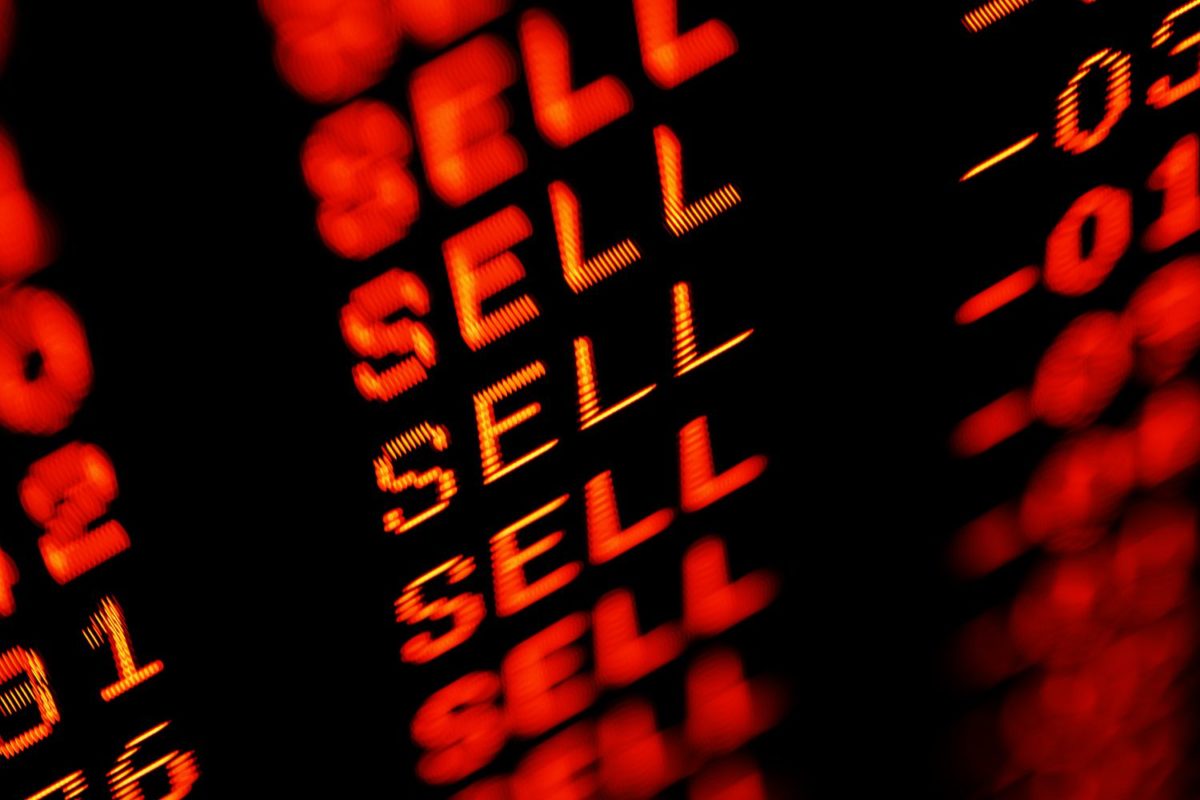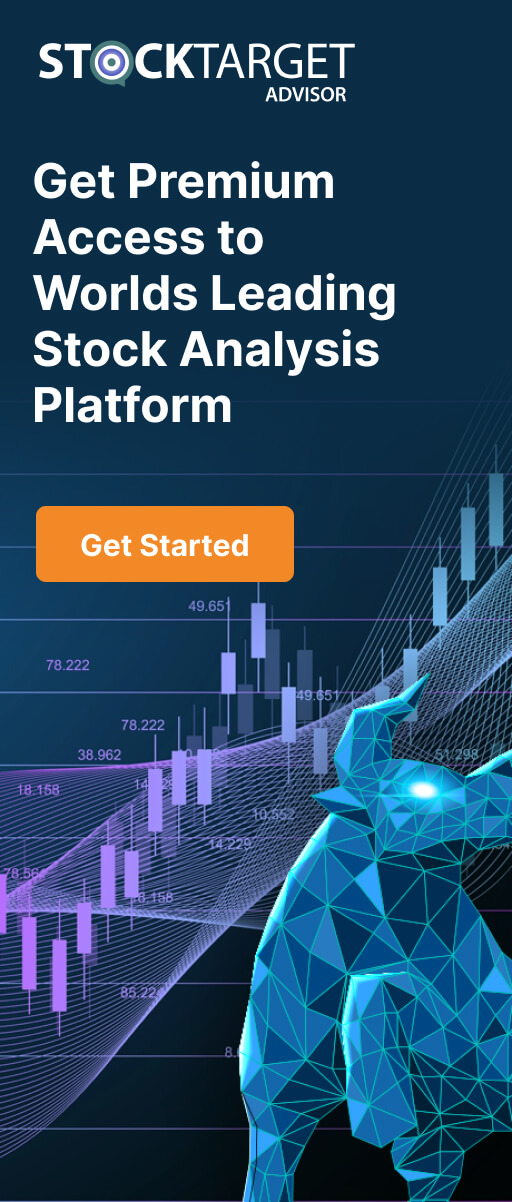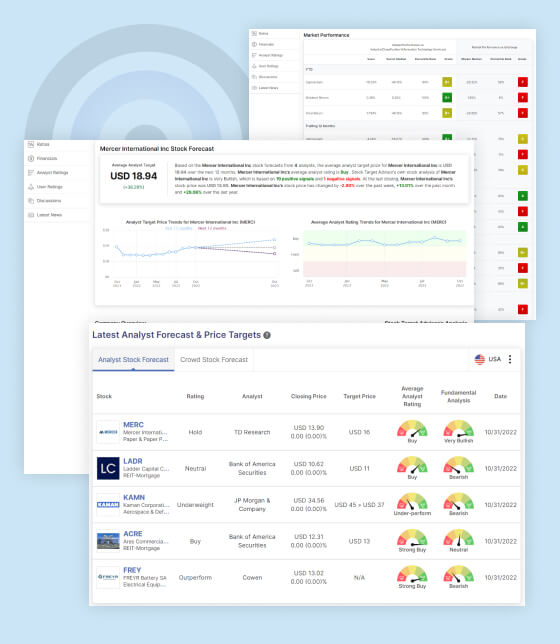Stock Market Crash 2025
The stock market’s recent rally has sparked widespread concern among economists, who warn that an 80% crash could be on the horizon. Several experts point to dangerously high valuations in equities, fueled by loose monetary policies, speculative trading, and a decoupling from economic fundamentals.
Here’s a closer look at the arguments driving these dire predictions.
The Case for a Market Bubble
1. Historically High Valuations
The Shiller Price-to-Earnings (P/E) ratio for the S&P 500 has reached levels only surpassed during the dot-com bubble and just before the 2008 financial crisis. Historically, such peaks have been followed by sharp corrections as market euphoria gives way to realism.
2. Rising Interest Rates
Central banks worldwide have aggressively raised interest rates to combat inflation. Higher borrowing costs increase the discount rate applied to future corporate earnings, leading to lower stock valuations. Additionally, a “higher-for-longer” interest rate environment encourages investors to pivot to fixed-income assets, creating further downward pressure on equities.
3. Speculation and Meme Stock Mania
The past few years have seen the rise of speculative trading in meme stocks and cryptocurrencies, with many retail investors chasing short-term gains. Economists argue that such speculative behavior is often symptomatic of market bubbles nearing their bursting point.
Macro Risks Amplify the Threat
Global economic challenges further heighten the risk of a stock market crash:
- Debt Levels: Household, corporate, and sovereign debt levels are at historic highs, leaving limited fiscal room for maneuver in the event of a downturn.
- Geopolitical Uncertainty: Ongoing conflicts and strained U.S.-China relations disrupt supply chains, while escalating trade tensions threaten global growth.
- Economic Slowdown: Weakening manufacturing data, coupled with concerns about a potential recession in major economies, undermines investor confidence.
Critics Push Back
Some analysts argue that predictions of an 80% crash may be overly alarmist. They point to the resilience of corporate earnings, ongoing technological innovation, and the historical trend of markets recovering from even severe downturns. However, critics agree that caution is warranted, particularly as valuations remain stretched.
What Should Investors Do?
In light of these warnings, many financial advisors suggest a defensive approach:
- Diversification: Spread investments across asset classes to reduce risk exposure.
- Value Stocks: Focus on companies with strong fundamentals and reasonable valuations.
- Liquidity: Maintain a cash reserve to capitalize on opportunities that may arise during a downturn.
Stocks & Sectors Most at Risk
In the event of a significant stock market crash, certain types of stocks are more vulnerable to steep declines due to their inherent characteristics, current valuations, or exposure to market conditions. Here’s a breakdown of the categories of stocks most at risk:
1. High-Growth Tech Stocks
- Reason for Risk: Many high-growth technology companies are valued based on future earnings potential. In a high-interest-rate or risk-averse environment, the discounted present value of these future earnings drops sharply, leading to significant valuation contractions.
- Examples: Companies like Tesla, Shopify, or some segments of the NASDAQ have been highly sensitive to macroeconomic changes and corrections in the past.
2. Meme and Speculative Stocks
- Reason for Risk: Meme stocks such as AMC and GameStop, which rely heavily on retail investor enthusiasm, are particularly at risk. Their valuations often defy traditional financial metrics, making them prone to sharp declines when market sentiment shifts.
- Examples: Stocks popularized on social media platforms, cryptocurrencies, and heavily shorted stocks in speculative bubbles.
3. Overleveraged Companies
- Reason for Risk: Companies with significant debt burdens are more vulnerable in a crash as rising interest rates increase borrowing costs, and lower revenues make it harder to service debt.
- Examples: Companies in distressed sectors or those with weak balance sheets, like certain airlines or energy firms, could be at higher risk.
4. Cyclical Stocks
- Reason for Risk: Cyclical sectors such as automotive, energy, and industrials are sensitive to economic downturns. A recession or slower global growth, common after crashes, typically hits these industries hardest.
- Examples: Major automakers, construction companies, and commodity-driven businesses.
5. Small-Cap Stocks
- Reason for Risk: Small-cap companies are often less financially stable and more volatile than larger, well-established firms. In a downturn, their lack of scale and liquidity can exacerbate losses.
- Examples: Emerging biotech firms, startup tech companies, or small regional banks.
6. Real Estate Investment Trusts (REITs)
- Reason for Risk: Rising interest rates and declining real estate values can heavily impact REITs. Retail and office REITs, in particular, face challenges from long-term shifts like remote work and e-commerce.
- Examples: Retail-focused REITs like Simon Property Group or office REITs like SL Green Realty.
7. Companies with Overextended Valuations
- Reason for Risk: Stocks trading at historically high price-to-earnings or price-to-sales ratios are particularly vulnerable to corrections. These companies often see sharp sell-offs as investors reprice their true worth.
- Examples: Prominent players in the AI boom, like Nvidia, which has experienced significant upward momentum in 2023, may face risk if valuations normalize.
Historical Precedents
- During the dot-com bubble burst, overvalued tech stocks experienced significant losses.
- The 2008 financial crisis particularly affected financial institutions and real estate-related businesses.
Protective Measures for Investors
To mitigate risk during a potential crash, investors can:
- Diversify portfolios across sectors and asset classes.
- Focus on dividend-paying, blue-chip stocks with strong fundamentals.
- Maintain exposure to defensive sectors like utilities, consumer staples, and healthcare.
If you’d like further specifics on companies or sectors currently viewed as overvalued, I can gather more real-time data.
Considerations
While predicting the precise timing and magnitude of a market crash is impossible, economists urging caution on inflated equities highlight the risks associated with current market dynamics. Investors are advised to balance optimism with prudence, preparing for potential turbulence in the months ahead.

STA Research (StockTargetAdvisor.com) is a independent Investment Research company that specializes in stock forecasting and analysis with integrated AI, based on our platform stocktargetadvisor.com, EST 2007.





































